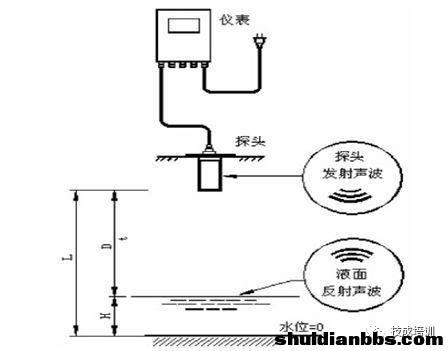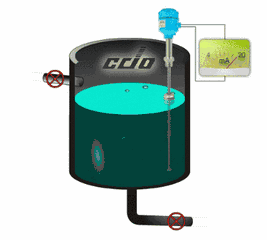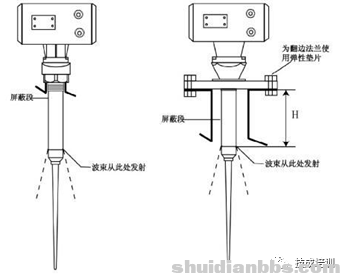
Familiarity with the working principles and advantages and disadvantages of different liquid level sensors can help us choose a more suitable liquid level sensor. Below are the detection principles of commonly used liquid level sensors.
The principle of ultrasonic liquid level sensor is to monitor the time difference between ultrasonic transmission and reflection to calculate the liquid level height. It is simple to install and has high flexibility, but it is vulnerable to the impact of ultrasonic transmission energy loss, and is not suitable for wave absorbing environments, such as foam, dust, steam and other monitoring fields.

Float type liquid level sensor measures changes in liquid level through the lifting and lowering of the float. It is a mechanical detection with poor repeatability and is not suitable for liquids with viscosity or impurities, which can easily cause float blockage. The application range of float type liquid level sensors is relatively wide and economically practical, commonly used in monitoring fields such as collection pits, fire water tanks, sewage treatment, etc., but not suitable for monitoring in the food hygiene industry.

Radar liquid level sensor has the same advantages as laser measurement principle, and is not affected by the measurement medium. It is less affected by external environment and does not require repeated calibration. However, the measurement height is generally within 6 meters, making it particularly suitable for measuring inside large containers with heated steam, such as residual oil, asphalt, and other monitoring fields
